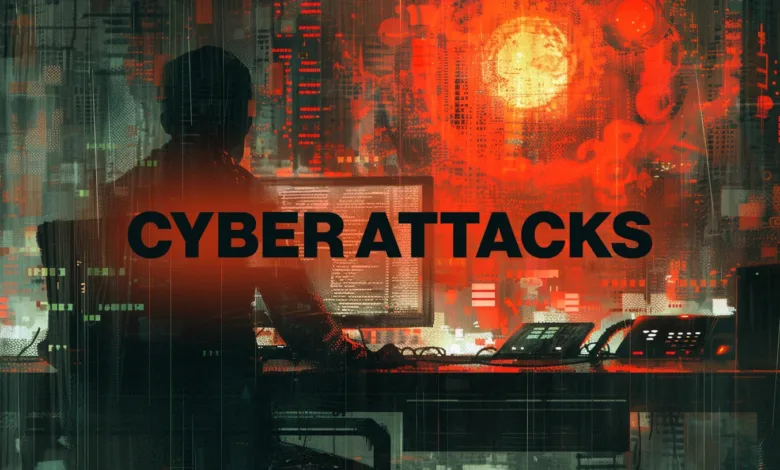AI Is Supercharging Phishing Attacks

▼ Summary
– Cyberattacks combine high-volume automated campaigns with stealthy targeted operations, creating constant pressure on defenders.
– AI is used by attackers to create convincing phishing and malware while also serving as a critical defensive tool for anomaly detection and response.
– Human factors like user error and security team fatigue increase vulnerability, requiring better processes and enterprise-wide awareness.
– Attackers use compromised devices as residential proxies to mask malicious traffic, eroding IP-based trust and requiring behavioral analysis.
– Cybersecurity requires layered resilience with preventive measures, AI-enabled detection, and strong governance to protect business operations and reputation.
The digital threat environment is intensifying, with AI-powered phishing campaigns becoming alarmingly sophisticated and difficult to distinguish from genuine communications. A recent analysis of billions of cybersecurity incidents reveals that malicious actors are leveraging new technologies to launch attacks that are both widespread and highly targeted, creating a dual challenge for security professionals.
Attackers have moved beyond choosing between rapid, broad campaigns and slow, stealthy operations. They now execute both strategies simultaneously. Automated scanning and mass phishing create a relentless background hum of malicious activity, while skilled operators use this noise as cover to probe network defenses and move laterally once inside. This combination of high volume and low visibility forces security teams to sift through immense amounts of data without missing the subtle indicators of a serious breach. The primary difficulty lies in identifying the attacks specifically engineered to remain hidden and persistent.
Generative artificial intelligence serves as a powerful force multiplier for cybercriminals. It enables them to produce highly convincing phishing emails and develop complex malware, effectively lowering the skill threshold required for successful attacks. Concurrently, as companies integrate AI tools into their own workflows, they inadvertently create new vulnerabilities. The unauthorized use of AI applications by employees, often called shadow AI, broadens the potential points of entry for attackers. This trend also raises complex security questions regarding the management of non-human identities, including service accounts and autonomous agents.
On the flip side, AI is indispensable for defense, allowing organizations to scale their threat detection capabilities and accelerate incident response. However, automation alone is insufficient. The nuanced interpretation of security alerts, the deep investigation of anomalies, and strategic decision-making still demand skilled human analysts. A resilient security posture hinges on a balanced fusion of automated systems and expert human oversight.
Despite advanced technological tools, the human element remains a critical factor in defense. End-users frequently represent the initial breach point, as one mistaken click on a malicious link can circumvent even the most robust security layers. Security operations centers also grapple with limitations; constant alert fatigue, repetitive tasks, and an overwhelming volume of false positives increase the likelihood that genuine threats will be overlooked. These pressures complicate effective incident response. To mitigate this risk, companies must equip their teams with smarter tools to filter out irrelevant noise and establish processes that prioritize the most significant dangers. Fostering a company-wide culture of security awareness is just as vital as any technological investment in addressing these weaknesses.
Malicious actors are increasingly routing their traffic through compromised home routers and business devices, creating vast networks known as residential proxies. This technique makes malicious communications appear to originate from legitimate, everyday sources, allowing adversaries to evade geographic restrictions and IP-based blocklists. The erosion of trust in IP addresses means leadership must pivot their focus toward behavioral analytics and a zero-trust security model. Beyond the technical risk, there is a serious reputational threat if devices within a company’s network are hijacked to relay harmful traffic to other organizations.
In today’s landscape, cybersecurity is fundamentally linked to business continuity. Security breaches directly disrupt operations, impact revenue, and damage brand reputation. Consequently, organizations require a layered defense strategy that seamlessly integrates prevention, detection, and response capabilities. Foundational preventive measures like consistent software patching, multi-factor authentication, and secure web gateways remain essential, but no defensive perimeter is impenetrable. A modern security framework must include adaptive defenses powered by AI-driven detection, proactive threat hunting, and rigorous governance for both human and machine identities to effectively contain breaches when they occur.
(Source: HelpNet Security)





